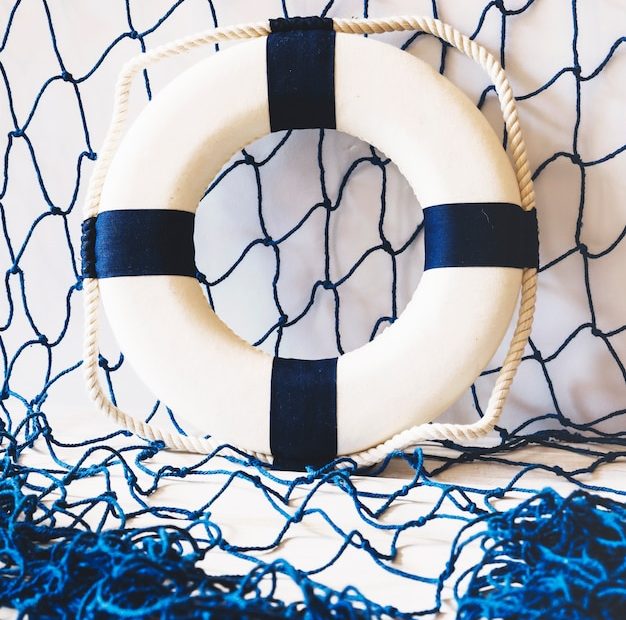Marine Safety Equipment: Ensuring the Safety of Seafarers and Vessels
Introduction
Maritime activities play a significant role in global trade and transportation, with millions of people relying on ships and other vessels to transport goods and travel across the world’s oceans. However, operating in the marine environment can be challenging and unpredictable, presenting numerous risks and hazards. To mitigate these risks and ensure the safety of seafarers and vessels, the use of marine safety equipment is crucial.
The Importance of Marine Safety Equipment
Marine safety equipment encompasses a wide range of devices, systems, and protocols designed to protect human life, prevent accidents, and minimize damage to vessels and their cargo. These safety measures are not only necessary for compliance with international regulations but also essential for safeguarding the wellbeing of all individuals involved in maritime operations.
One of the fundamental aspects of marine safety equipment is personal protective equipment (PPE). Seafarers must wear appropriate PPE, including high-visibility clothing, safety helmets, and life jackets, to protect themselves from potential hazards such as falls, fire, or immersion in water. These items are specifically designed to improve visibility, provide head protection, and aid in flotation, increasing the chances of survival in emergency situations.
“Every seafarer should understand the importance of wearing appropriate PPE at all times,” emphasizes Captain John Smith, a seasoned maritime safety expert.
“The unpredictable nature of the marine environment means that accidents can happen anytime. By wearing the right safety gear, seafarers can significantly reduce the risk of injury or even death.”
Furthermore, marine safety equipment includes various navigation aids and communication devices. Navigational instruments such as radar, GPS systems, and electronic charts enable vessel operators to accurately determine their position, identify obstacles, and navigate safely. Communication equipment such as radios, distress beacons, and satellite phones are essential for establishing contact with shore, nearby vessels, or emergency services in case of an emergency.
The Role of Fire Safety Equipment
Among the critical aspects of marine safety, fire prevention and control take center stage. Due to the highly combustible nature of many onboard materials, fire incidents can have catastrophic consequences at sea if not promptly addressed. As a result, vessels are required to carry a range of fire safety equipment to mitigate the risk of fires and limit their potential impact.
One of the most crucial fire safety devices is the fire extinguisher. These devices come in various types, including dry powder, CO2, and foam extinguishers, each suitable for different types of fires. Fire extinguishers should be strategically placed throughout the vessel, ensuring that they are easily accessible and regularly inspected to guarantee functionality.
In addition to fire extinguishers, ships are equipped with fire suppression systems, such as sprinklers and fixed fire-fighting installations. These automated systems detect and suppress fires, often using water or specialized fire suppression agents. Their integration into vessel designs provides an additional layer of protection, particularly in high-risk areas such as engine rooms or cargo holds.
“Fire safety is of utmost concern in the maritime industry,” states Sarah Thompson, a marine safety consultant.
“Ships operate in close quarters, and effective fire management is essential to prevent catastrophic events. The availability and proper use of fire safety equipment cannot be emphasized enough.”
Emergency Escape and Rescue Equipment
In the event of an emergency, it is crucial for seafarers to have access to suitable escape and rescue equipment. Marine safety regulations require vessels to be equipped with lifeboats, liferafts, and evacuation slide systems to facilitate swift and safe evacuation.
Lifeboats are designed to provide a means of escape from a distressed vessel and can either be launched using davits or deployed automatically, depending on the specific design. Liferafts, on the other hand, are inflatable devices that provide temporary refuge for the crew in case the vessel becomes uninhabitable. Evacuation slide systems enable rapid evacuation from the upper decks, offering an alternative to traditional lifeboat launching methods.
These emergency escape and rescue equipment must undergo regular inspections and maintenance to ensure their proper functioning when needed. Crew members are also required to receive training on their operation and use, enabling them to respond swiftly and effectively during emergency situations.
Additional Safety Measures
Apart from the aforementioned safety equipment, several additional measures contribute to overall marine safety. These include:
- Emergency alarm systems: Audible and visual alarms alert crew members in case of emergencies, ensuring swift response and coordination.
- Medical facilities: Vessels must be equipped with medical supplies, first aid kits, and, in some cases, designated medical treatment rooms to provide prompt medical care to ill or injured personnel.
- Training and drills: Regular safety training sessions and emergency drills familiarize seafarers with safety protocols, equipment usage, and emergency response procedures.
“Marine safety is a holistic approach encompassing both equipment and training,” asserts Captain Smith.
“By combining reliable safety equipment with thorough training and regular drills, we can significantly reduce the occurrence of accidents and enhance the safety culture onboard.”
Conclusion
Marine safety equipment plays an integral role in ensuring the safety of seafarers and vessels. From personal protective gear to fire safety devices, emergency escape equipment, and additional safety measures, these essential tools and protocols mitigate risks and protect human life at sea. By prioritizing the use, maintenance, and training associated with marine safety equipment, the maritime industry can continue to enhance safety standards and minimize the occurrence of accidents in this challenging and dynamic environment.



